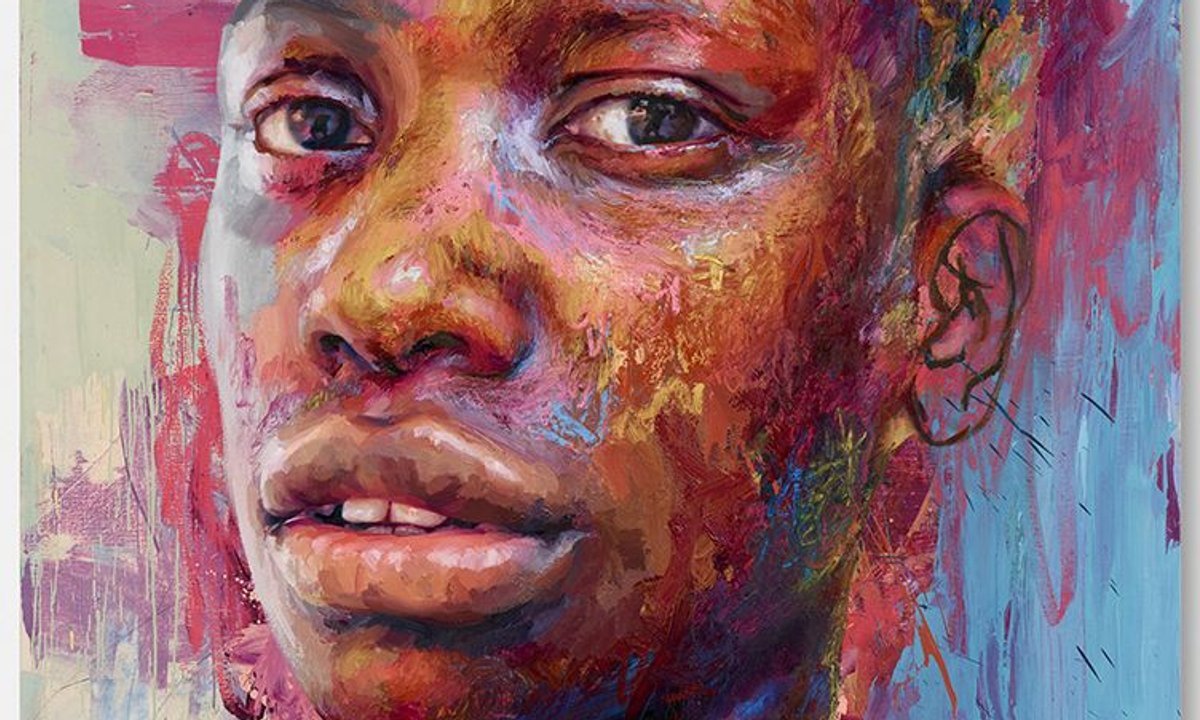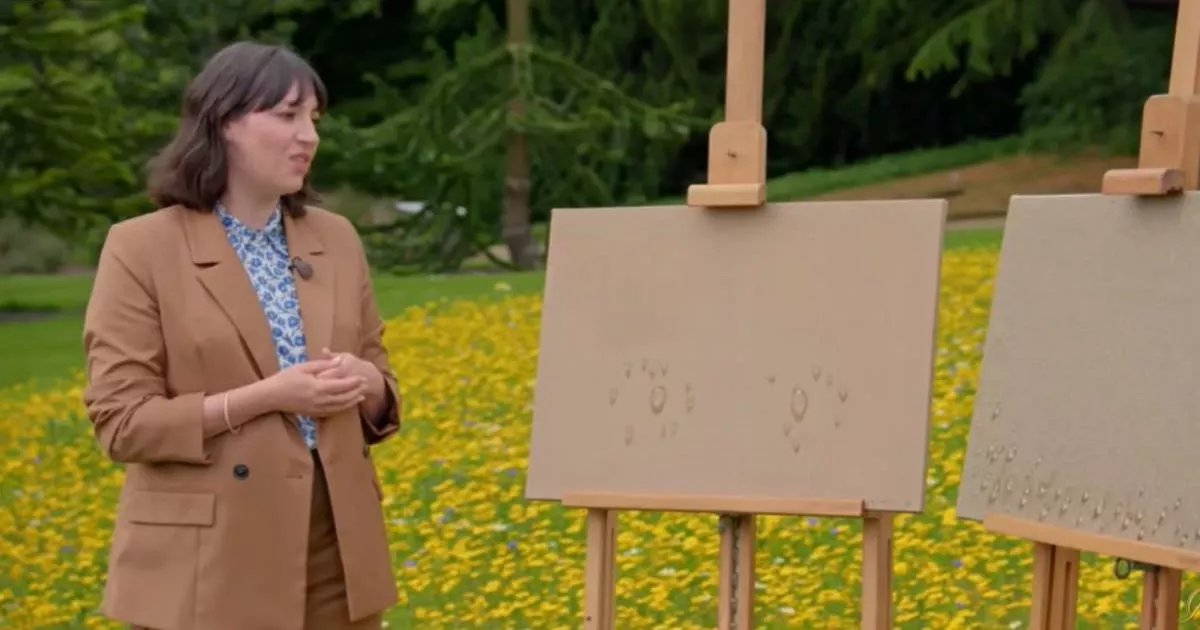I have written about art my whole career. I find it and its creators endlessly fascinating, but I’ve always seen myself as something of a different kind — a journalist and critic, yes, but never an “artist,” with all the imaginative power that word conveys. Recently, though, I conducted a particularly poignant, intimate interview. The artist and I talked about childhood and the struggle of making oneself heard. There were tears. Afterward I had a thought: What would it be like if I were the one being interviewed? Could I be the artist, possessed of creative vision, like one of my subjects? The prospect was equally thrilling and terrifying.
These questions grew out of a long period in which I had been feeling alternately adrift and stuck. I regularly write about contemporary art for publications like this one, but for a while I’ve been in creative limbo. At first I wasn’t sure why, or even how, to describe it. Sometimes I said I felt disconnected from my voice; other times that my work and life, which was then filled with death and illness, seemed to have grown far apart.
I tried to address this through my usual methods: talking to friends, family, my therapist. When those didn’t work, I turned to a remedy several people had suggested: the 1992 book “The Artist’s Way,” by Julia Cameron. Structured as a 12-week course that leads the reader on a spiritual journey of “creative recovery,” the book began as a class and a collection of typed-up pages that Cameron photocopied and sold in bookstores, until she found a publisher willing to take it on. “We didn’t know where to put it on the shelves,” Joel Fotinos, who published the book at Penguin, said in a 2019 interview. “Eventually there was a category called ‘Creativity,’ and ‘The Artist’s Way’ launched it.” The book has sold more than five million copies since its publication, and Cameron has become a kind of guru.
I knew none of this when I ordered “The Artist’s Way,” only that it was some kind of woo-woo self-help book, and that it had popularized the phrase “morning pages” (which seemed like journaling, in the morning?). When I sat down to read, I almost immediately cringed. On the first page of the introduction, Cameron invokes “The Great Creator,” a.k.a. capital “G” God. That immediately set off my internal alarm; I underlined it wavily and wrote “Mmm” alongside. Turning the page, I realized to my horror that random inspirational quotes set in the margins were going to be a recurring feature. (An example: “I shut my eyes in order to see,” credited to Paul Gauguin.) The following chapters brought a bewildering jumble of metaphors.






